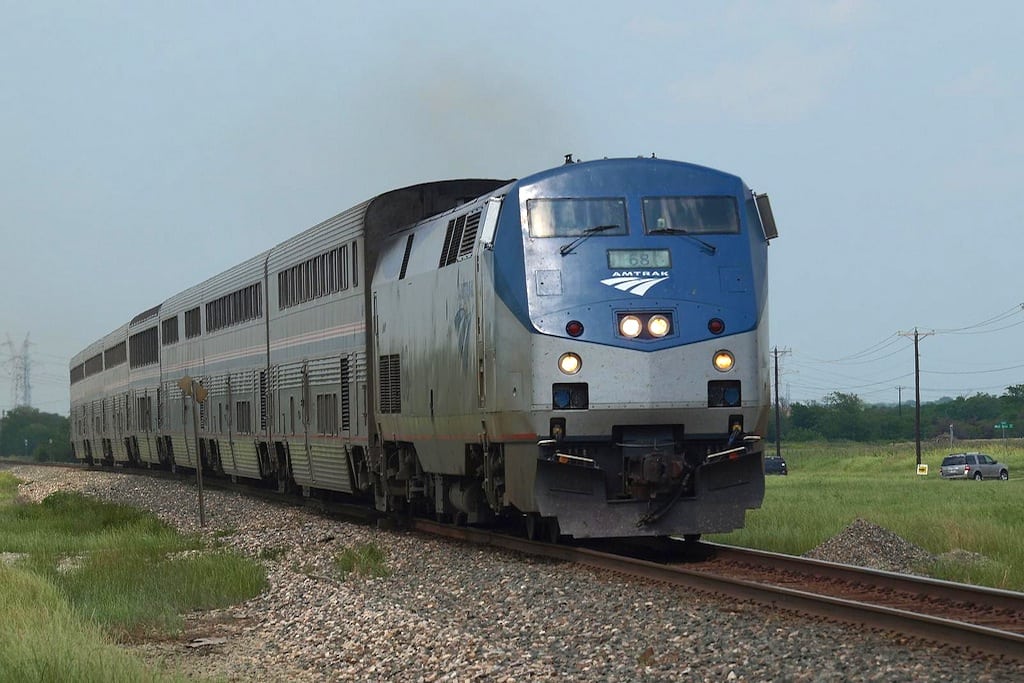Skift Take
Amtrak's official ridership numbers can often be confusing, but one thing is clear: Its infrastructure problems, particularly along the Northeast Corridor, will only hinder the company's growth unless improvements are made soon.
Amtrak’s ridership numbers were flat in fiscal 2014, and were negatively impacted by the polar vortex that rolled across Canada and the U.S. in early January.
Amtrak reported yesterday that its total ridership for fiscal 2014, ending September 30, was 30.9 million. Fiscal 2013’s total ridership was initially tallied at 31.6 million, but the rail line recently began using a different methodology and has since revised its 2013 ridership numbers to 30.8 million.
“Last winter’s polar vortex did have a big impact, particularly out of Chicago, but also along the Northeast corridor,” said Steve Kulm, an Amtrak spokesperson.
“On-time performance from that weather really made us notice the age of these trains and this become a problem when some trains were six to 12 hours late. We would have had stronger growth had the polar vortex not occurred.”
This year, Amtrak began counting actual ridership for multi-ride tickets, meaning the actual number of people riding trains is now tracked. This is due to a new eTicketing system that counts riders rather than estimating when multi-ride tickets are used, as had been done in the past, said Kulm.
An example of multi-ride tickets being estimated prior to this year was on the commuter rail systems Amtrak operates. For these services, it wasn’t always clear how many commuters who had bought 10-ride tickets were actually on a train.
The new system to count rides will help Amtrak better determine routes where infrastructure investment should be prioritized.
Amtrak’s fiscal 2014 revenue came in at around $2.189 billion, roughly the same as last year.
Amtrak says many of its delays this year were caused by congestion on freight lines, which the company operates some of its passenger services on. To help improve on-time performance this year, the Surface Transportation Board asked the freight railroads to record their on-time performances on a weekly basis.
As Amtrak awaits its funding reauthorization, infrastructure conditions along many of its routes, including the heavily trafficked Northeast Corridor, continue to worsen.
For Northeast Corridor routes, Acela and Northeast Regional saw ridership “records” this year with fiscal 2013 adjustments considered. Acela’s total ridership this year was more than 3.545 million, up from 3.343 million last year, when adjusted. Northeast Regional’s total ridership this year was more than 8 million, up from 7.9 million last year.
Some long distance routes, such as Capitol Limited, and some state-supported routes, such as Washington, D.C., to Lynchburg, Virginia, also saw year-over-year ridership increases, when adjusted, while both categories overall saw decreases.
The Daily Newsletter
Our daily coverage of the global travel industry. Written by editors and analysts from across Skift’s brands.
Have a confidential tip for Skift? Get in touch
Tags: amtrak
Photo credit: An Amtrak train near Crowley, Texas. Kurt Haubrich / Flickr
